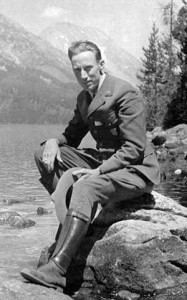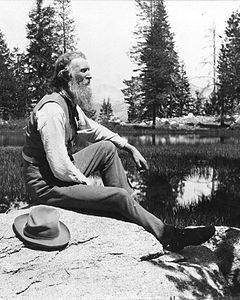Naturalists of the Tetons
When visitors come to the national parks, like Grand Teton and Yellowstone, they often want to learn more about their surroundings. How did the mountains form? What are the names of the wildflowers? How do the animals survive in the winter? The answers can, of course, be found in guide books and increasingly online, but the magic of having a knowledgeable person at your side, guiding you through your experience of the park is unquestionably the most fulfilling.

From the beginning of the national park system, these people have been called naturalists. They are folks who have studied nature and the natural world, often specific to a certain area. More important than knowing all the facts, however, is the ability to convey it to an interested listener. Telling a story about nature and the parks with an aim to connect people to and inform them about the place their visiting is often referred to as “interpretation” – translating the language of nature into the human languages.
The first naturalist in Grand Teton National park was Fritiof Fryxell. His interpretations of this landscape continue to inform and guide how we think about this incredibly special place. More well known, is John Muir, a passionate naturalist who inspired our entire nation to appreciate nature for its inherent beauty and spiritual value.

Interpreters and Naturalists are often national park service rangers, guides like ours at Buffalo Roam Tours, or teachers and professors, and sometimes they are just people with a passion for sharing the natural world with others. Has someone ever helped you understand more about nature?


